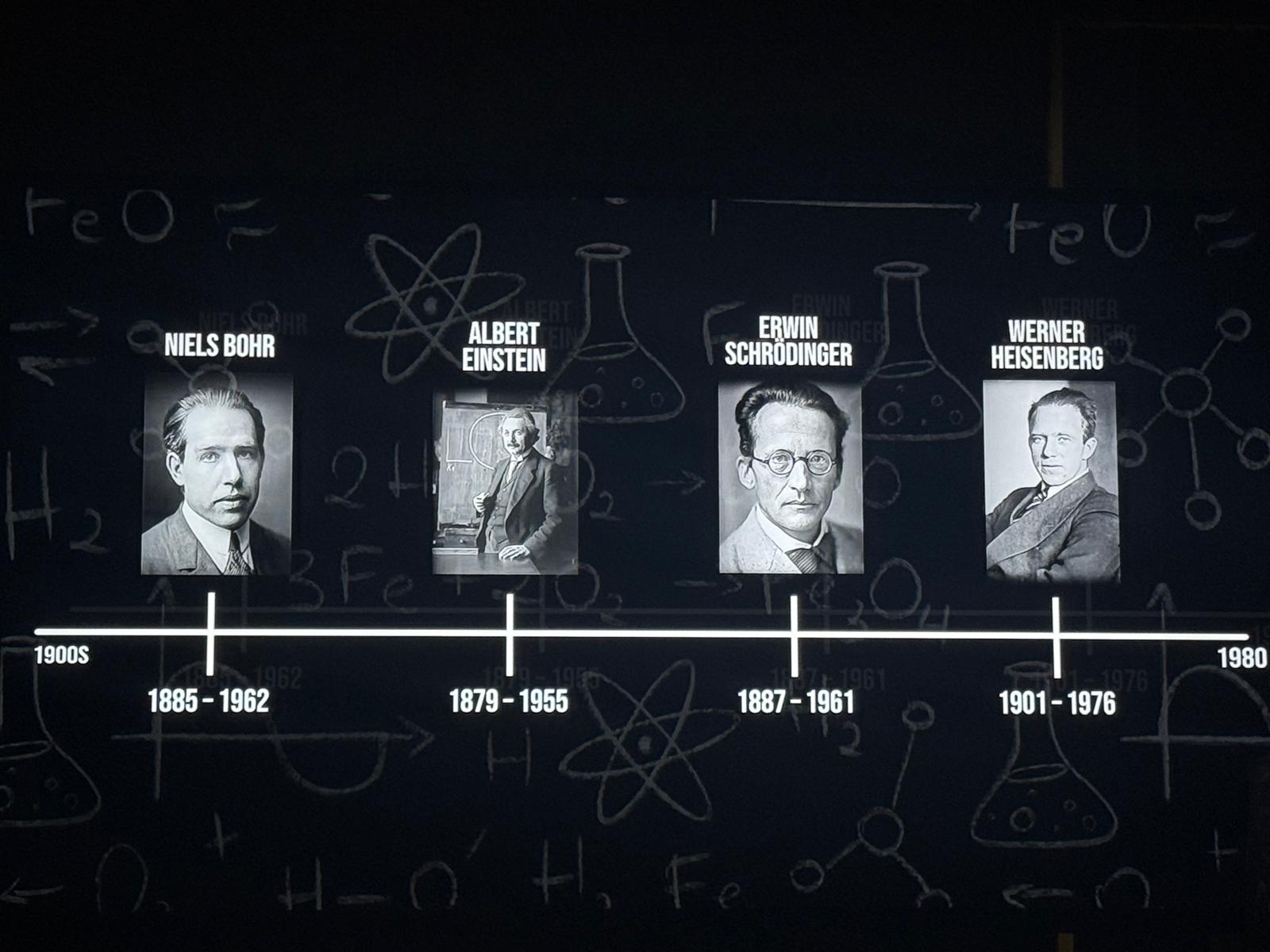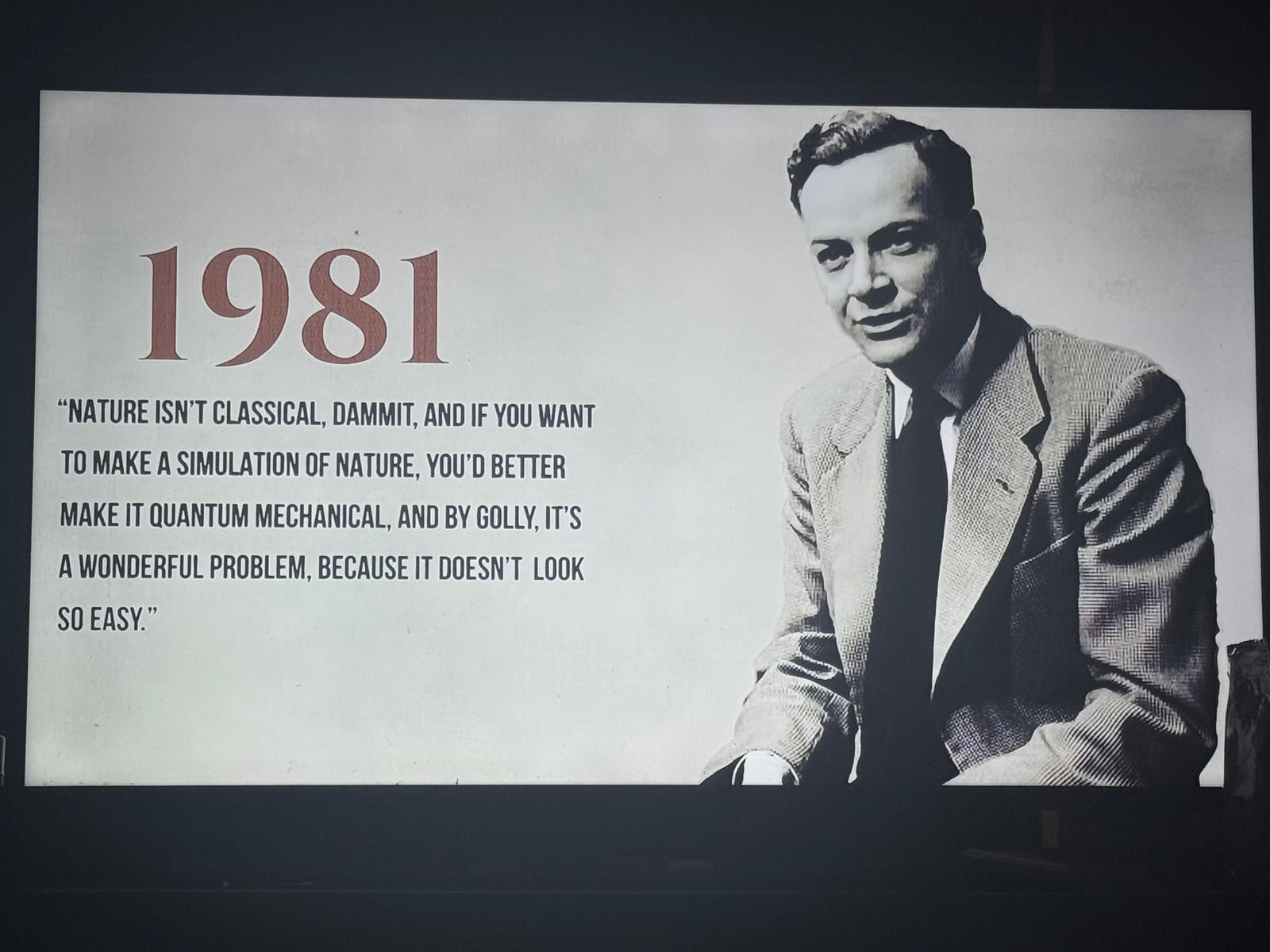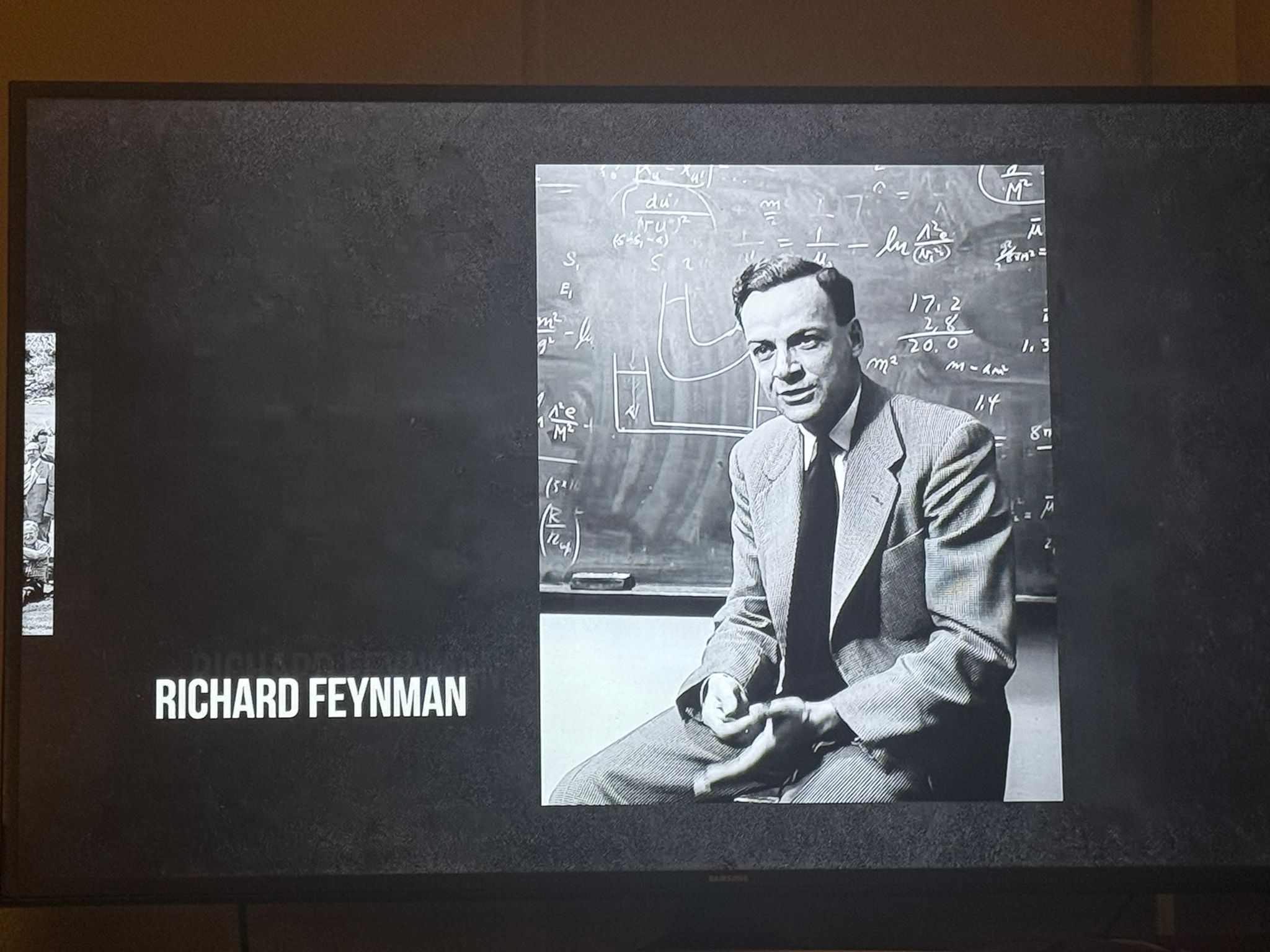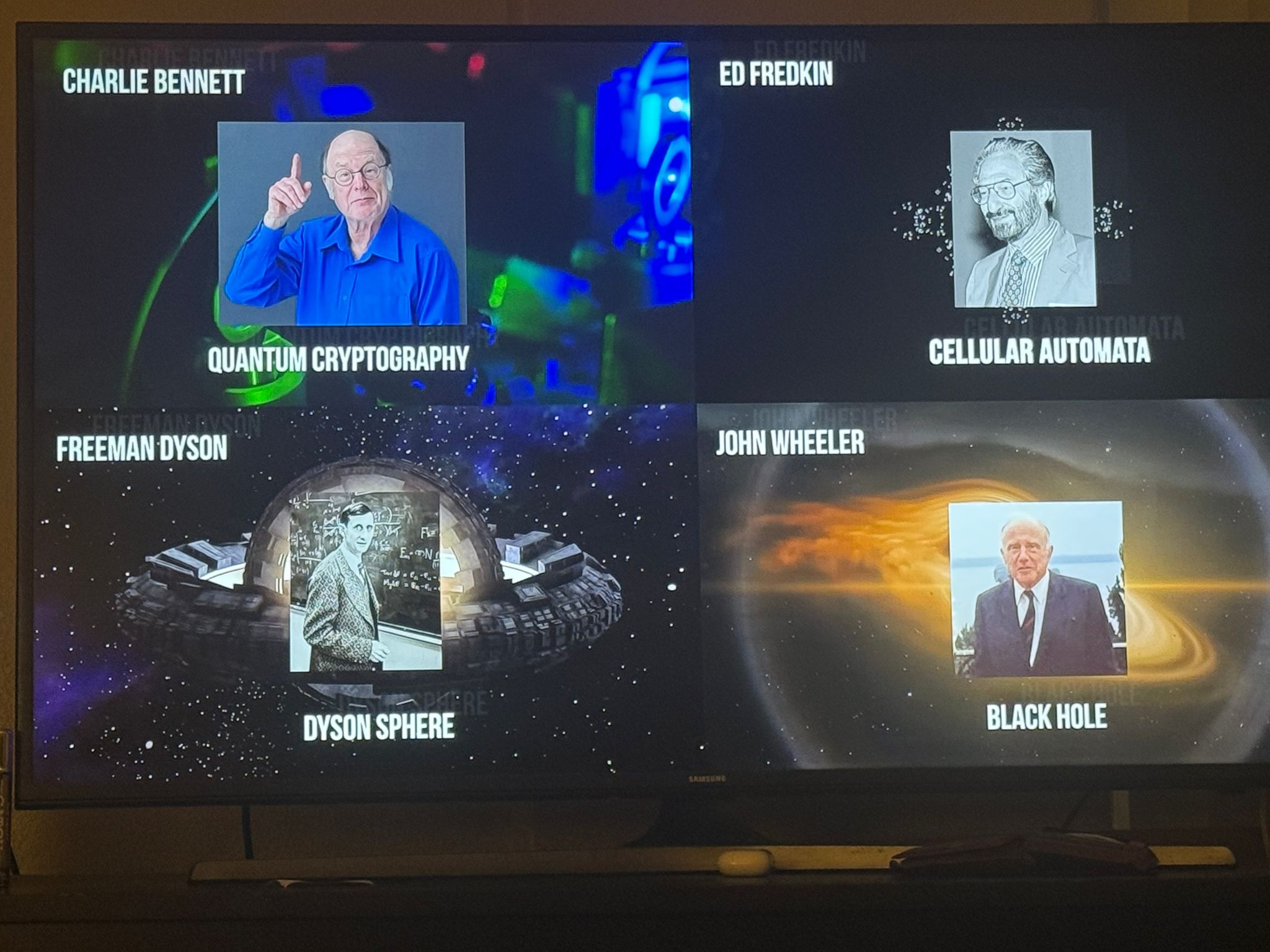
Max Planck introduces quantum theory, laying the foundation of modern physics.

Werner Heisenberg formulates matrix mechanics, a key step in quantum mechanics.

Einstein, Podolsky, and Rosen propose the famous EPR paradox, sparking debate.

Advances in quantum computing open doors to real-world applications.



